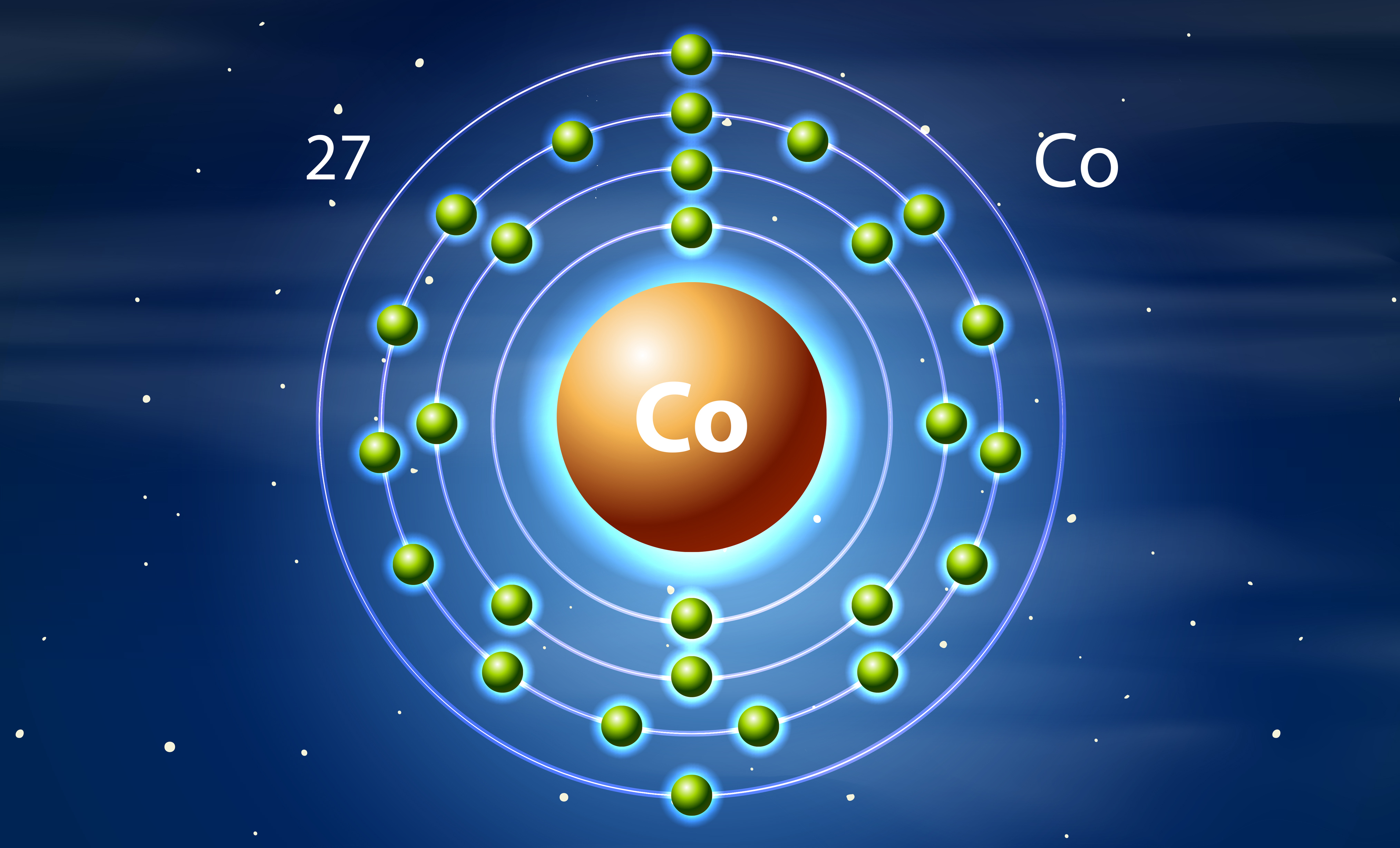The 21st century is defined by science, technology, and the fourth industrial revolution.
While terms like solar, wind energy, bioenergy, and electric cars are now common-man’s words, but it's crucial to remember that fossil fuels - in the form of Crude oil power our daily lives. From plastics and cosmetics to asphalt, industrial furnace oil, and light diesel oil, the energy universe is vast and often underestimated.
We tend to focus on the price of diesel, petrol, LPG, and CNG, but crude oil and its derivatives are truly remarkable resources. Crude oil, its refining processes, and the resulting products have been invaluable to humankind for the past one to one and half century.
While green hydrogen, carbon-neutral economies, ethanol, BioCNG, and BioDiesel are important topics today, coal and other Fossil fuels will remain essential for India's development in the coming decades.
Without the proper utilization of these fuels, our country's economic, industrial, and social progress will be severely hindered.
Even the production of renewable energy sources, such as windmills, solar panels, and ethanol, depends heavily on these .
While wind energy is considered a clean source of energy, the construction and installation of windmills have significant environmental impacts. Building windmills in remote hilly areas often requires constructing roads, using diesel vehicles, and consuming fossil fuels for excavation and transportation of materials. Furthermore, the production of Steel, cement, concrete for windmill foundations and the manufacturing of components like fiber blades and generators rely heavily on fossil fuels only.
It's fascinating to consider the energy ratio involved in producing energy from various sources (For making steel alone, 7% of the world's total fuel consumption is used). When we analyse the total energy input versus the total energy output, we gain valuable insights into the true efficiency of these methods.
These days many people raise a valid point about green hydrogen. While it holds promise as an alternative energy source, it's essential to remember that research and development in this area have been ongoing for a considerable time.
Even if cost-effective green hydrogen production becomes a reality, its optimal use as a fuel might be in industrial applications like steel production, rather than transportation.
There are numerous other promising options for powering vehicles that deserve exploration. Each of us uses a lot of energy during the day for one reason or another, in fact it should increase tremendously. If we look at developed countries, their consumption is many times than ours, only it should be as efficient as possible.
Agriculture, industrial development, roads, power generation, infrastructure, even from the time we wake up in the morning to sleep, we need this energy through various means. And currently, the most important source of energy in the world is crude oil.
If we want to progress, if we want to survive in the world competition, we have to understand this subject. In the coming time, we will learn about the overall current "ENERGY" sector as well as future challenges and opportunities.
Energy consumption is fundamental to our daily lives and economic development. As our energy needs continue to grow, it is crucial that we understand the current energy landscape, especially the role of crude oil, to maintain our global competitiveness. We must also recognize the challenges and opportunities that lie ahead.
In the near future, we will explore the complexities of the energy sector and examine how we can forge a path toward a sustainable and prosperous future.





